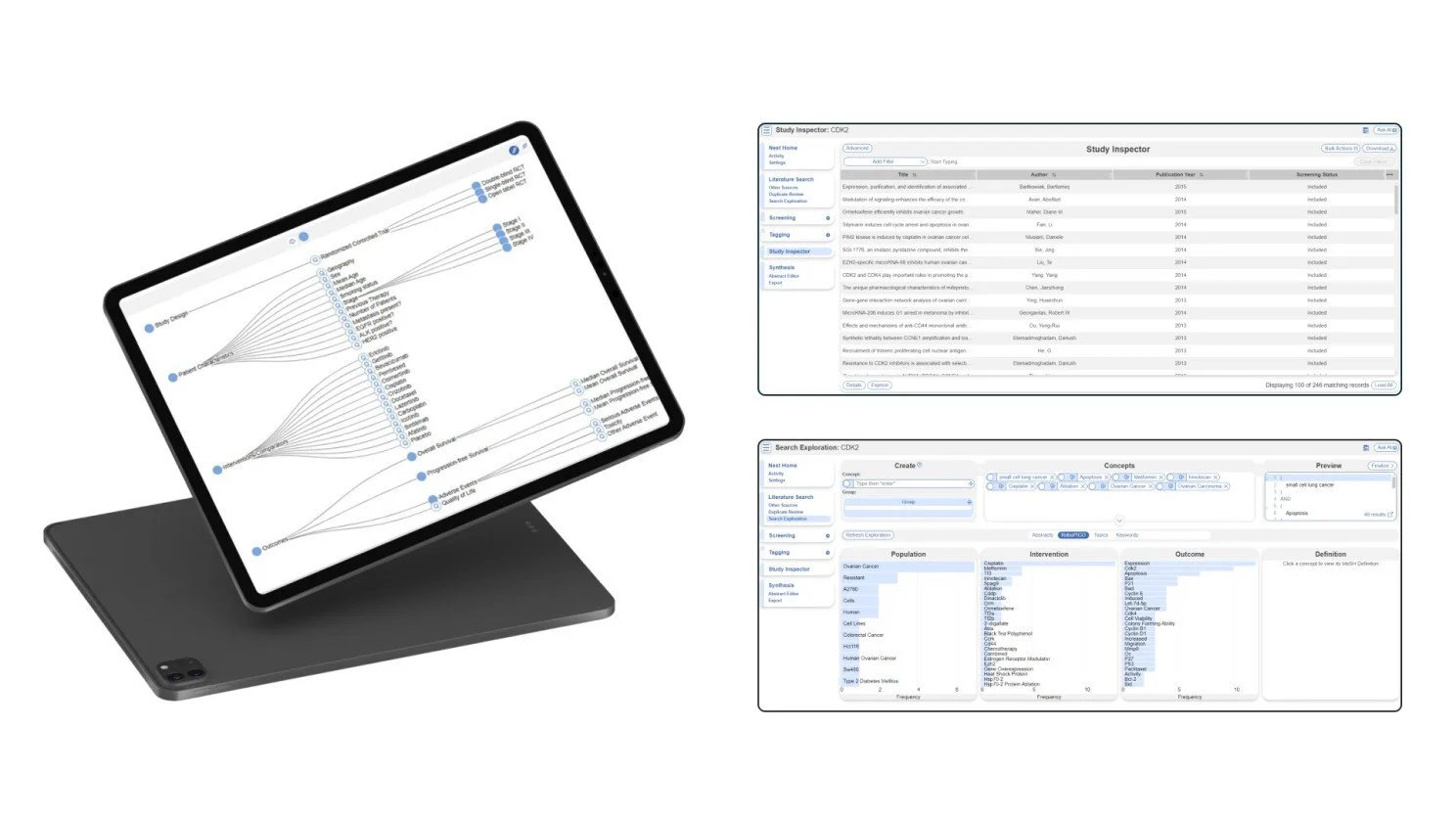Are you #JCAReady?
The acronym JCA has gone from obscurity to pharmaceutical industry mainstream (OK still somewhat niche) in the past 24 months as we’ve all monitored, opined, consulted and reacted to the most seismic shift I’ve seen in European Market Access in my 25+ years in the space.
I remember attending an EUnetHTA conference in the mid-2000s where the early seeds of the EU-HTAR were sown and questioning whether it would ever become a reality, and whether, if it did, it would have any teeth.
Some 20 years later and 7 months into implementation, we now see eight JCAs underway, two for ATMPs and six for oncology medicines, with more expected to follow swiftly.
Eight ongoing JCA projects Overview
For the vast majority of companies who have not yet begun the process for their pipeline technologies, what does it mean to be #JCAReady and when should the building blocks be put in place?
We know that all new medicines with an Orphan Drug Designation (ODD) will be in scope for EU-HTA from January 2028 and that all new medicines and devices will be subject to this assessment as soon as 2030. So fundamentally, this will affect every new technology we develop, many of which might already be in the clinic, or even in pivotal trials before the needs of the JCA process have been fully understood or worked through.
For companies looking ahead to engaging with the JCA process, what are the practical steps to readiness?
Begin as early as you can
Begin market access planning during strategic phases - ideally before pivotal trial designs are finalised. This allows for evidence strategies to be optimised simultaneously for health technology assessment (HTA) and regulatory needs which under EU-HTAR are intrinsically tied for Europe.
Predict the PICOs
Understanding the PICOs (Population, Intervention, Comparator, Outcomes) most likely to be requested for an emerging technology is key and requires careful synthesis of practice, policy and a future proof perspective – it’s also something to re-run regularly as things change.
PICO Predict is an AI enabled process designed by our team which has been used across multiple disease areas with great success.
PICO Predict Approach
Embed JCA Requirements in Clinical Development planning
Integrate JCA considerations into clinical trial protocols: Ensure pivotal studies are designed (where possible) to generate data aligned with anticipated PICO elements.
Engage in Joint Scientific Consultations: Utilise EU guidance and early consultations to align trial endpoints and comparators with HTA expectations.
Prepare for indirect treatment comparisons early with careful feasibility assessment and protocol design that enables cross-comparisons to be made readily
Turbo charge Cross-Functional Collaboration
Create or empower a dedicated JCA team: Include representatives from Market Access, HEOR (Health Economics & Outcomes Research), Regulatory Affairs, Clinical Development, Medical Affairs, and Commercial functions.
Consider the impacts of EU JCA beyond Europe: what will it mean to have comprehensive subgroup analyses and ITCs in the public domain early in lifecycle? How will this affect other geographies and decisions?
Update launch readiness processes: Ensure EU JCA requirements are embedded in all global and regional decision points and deliverables.
Internal Training and Awareness
Develop training curriculums for all relevant teams to grasp the new EU HTA regulations and JCA process.
Facilitate regular knowledge sharing on emerging developments, regulatory changes, and EU/national HTA requirements to ensure agility and alignment.
Bring practical focus on what this means to existing ways of working (which will remain intact for indication extensions indefinitely, and for some new medicines and devices until 2030) and how parallel workflows can be organised and governed.
Align Submission Processes and Timelines recognising intensity of workload
Establish clear internal processes for aligning all of the different requirements for EMA and EU-HTA in synchrony, think through the workload implications of rapid turnaround windows for response.
Allow sufficient lead time for dossier preparation: The JCA dossier is typically required 45 days before the EMA CHMP opinion and must be robust, methodologically aligned to JCA requirements, complete and ready for scrutiny by assessors.
Consider internal alignment across a web of stakeholders globally, regionally and nationally whose interests will all be impacted by the JCA report.
Comparing the EMA and JCA roadmap
Close Gaps in Organisational Structure
Conduct organisational reviews: Identify resourcing gaps and refine capabilities related to JCA compliance, such as evidence synthesis, HTA communications, and dossier preparation.
Appoint JCA leads or Centres of Excellence: Coordinate cross-functional and regional activities to streamline JCA readiness.
Budget and skill-plan for this future reality: Consider building talent funnels to strengthen capability within the organisation.
Stakeholder Engagement
Engage with industry trade associations and external stakeholders: Address methodology or policy uncertainties and advocate for clarifications where needed.
Coordinate with local affiliates: Ensure local market nuances and evidence needs are incorporated into the central JCA strategy.
Be mindful of the JCA stipulations around conflicts of interest and factor this into your medical activities pre-launch.
Monitor Regulatory Changes
Stay informed of evolving EU HTA policies and guidance. Agile governance structures for decision-making are vital as the regulatory landscape and processes will continue to develop over the next few years.
Watch and learn
The first reports will be published in early 2026 and there will be great attention paid to what is revealed
Don’t forget what comes next
National Pricing and Reimbursement (P&R) processes across Europe are evolving to accommodate the JCA report as a key input but ultimately the assessment of value (and price) remains a National preserve.
Ensuring real alignment between stakeholders and decisions will help to ensure that patient access is planned well as a seamless baton pass between JCA and National P&R negotiations.
Decisive moments like these require a strong partner, and at the Herspiegel group of companies, including Decisive and FIECON, we have developed the JCA-Lab, which brings together a range of services to help you prepare well and implement brilliantly.
We’d love to discuss more. Do reach out to our team at: enquiries@decisiveconsulting.co.uk for a complimentary assessment of your JCA Readiness.
To learn more about JCA, please visit: https://www.jca-lab.com/our-jca-services
References
List of ongoing joint clinical assessments: https://health.ec.europa.eu/document/download/d947533e-7e4e-4e82-a9c6-e06830d708f8_en?filename=hta_ongoing-jca_en.xlsx
Written by Esther Nzenza
Decisive Dialogue 13th August 2025




